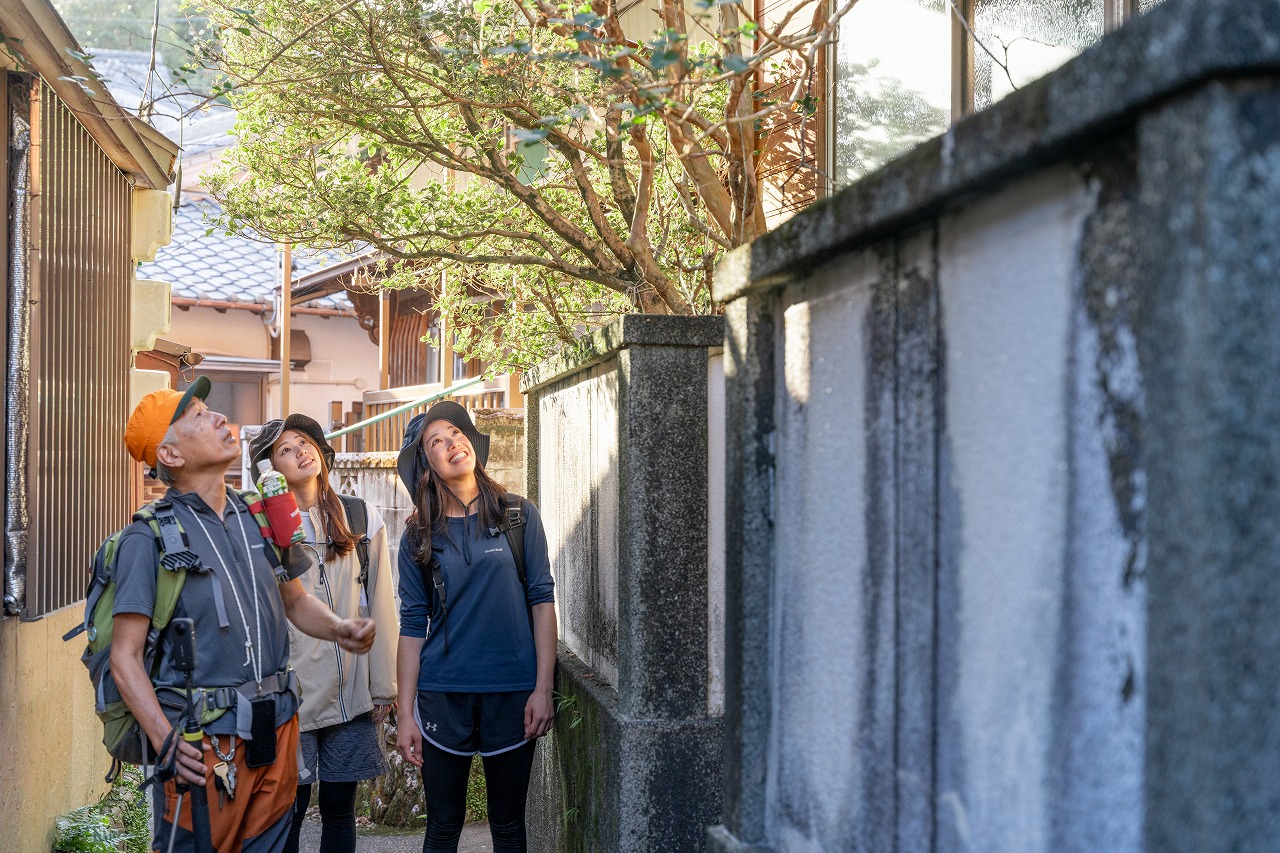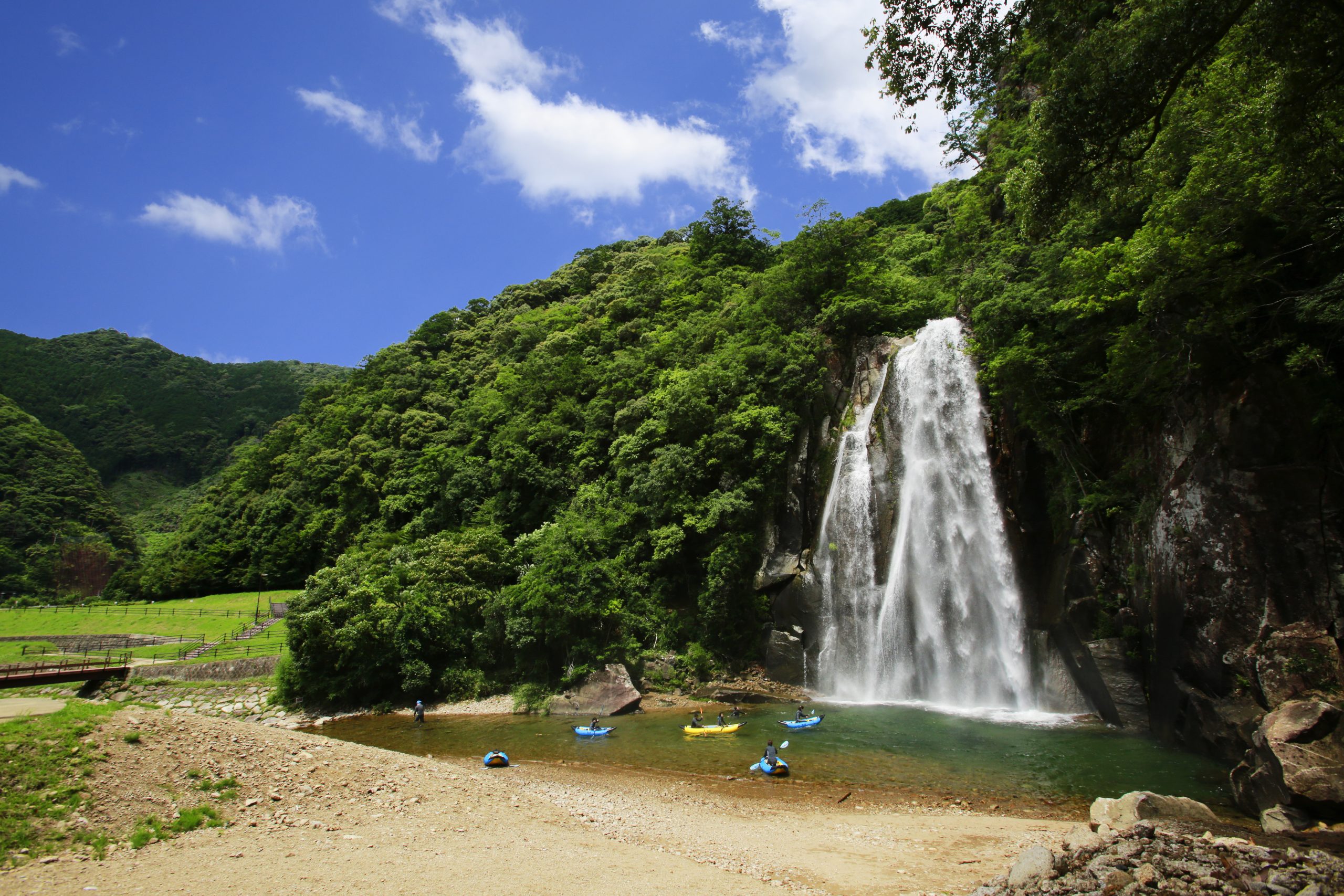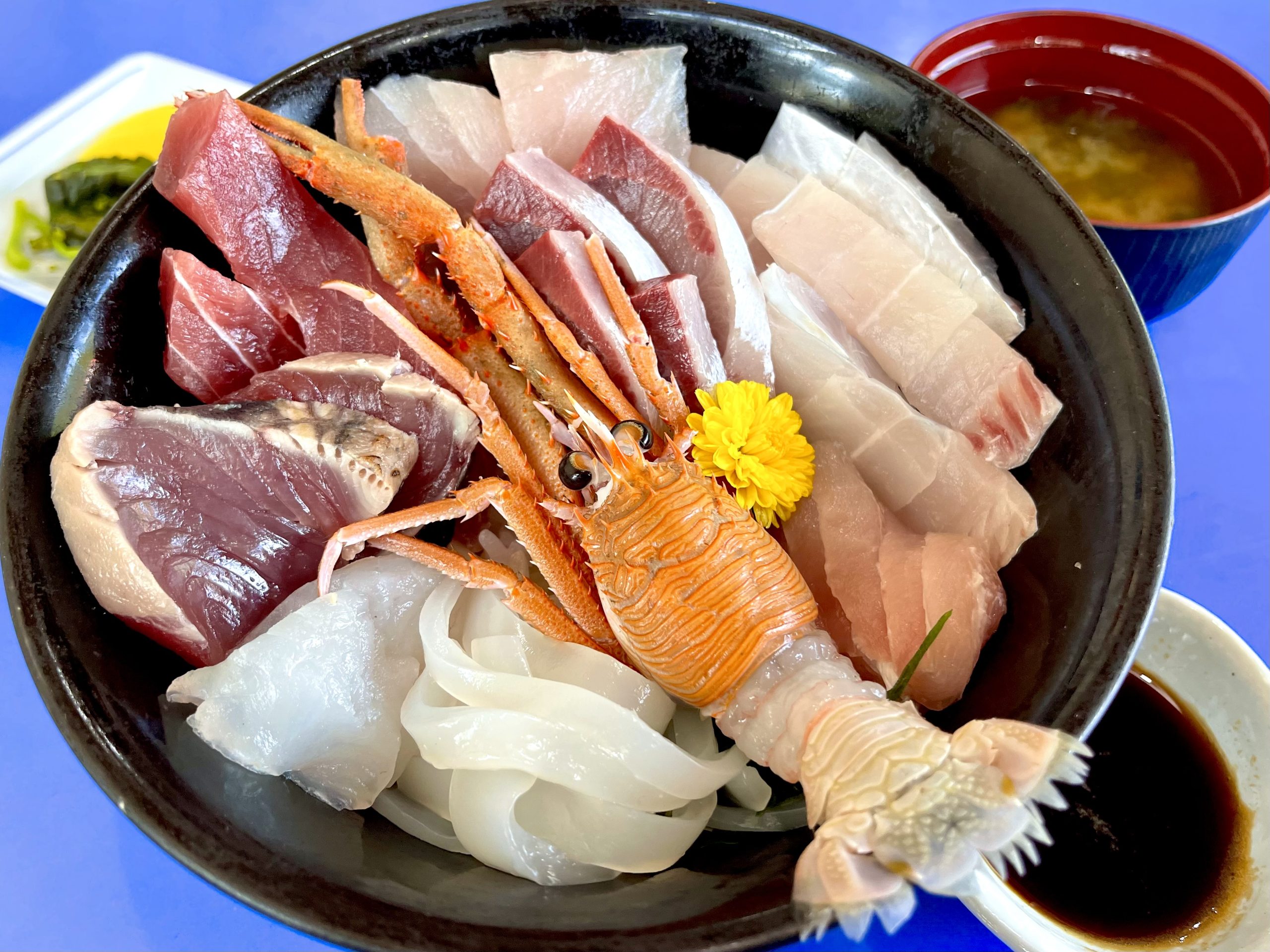The Special Product Series – Citrus Fruits
Update:
Kihoku Town
Owase City
Kumano City
Mihama Town
Kiho Town
Higashikishu is known for its citrus fruits that are bathed in sea breeze and sunlight.
They are cultivated in the northern Kii region, which includes Owase City and Kihoku-cho along the coastline, as well as in the southern Kii region, which includes Kumano City, Mihama-cho, and Kiho-cho.
The main cultivation area is in the southern Kii region and it is the largest in the prefecture, with 1,000 hectares.
Taking advantage of the warm and rainy climate with an average annual temperature of 16.4 degrees Celsius and an annual rainfall of 2,800 millimeters, they focus on the ultra-early harvest variety of Unshu mikan that can be shipped early, and are shipping them ahead of other producing areas.
Not only the climate, but also the land conditions are utilized to create various citrus varieties, making it possible to enjoy mandarin oranges throughout the year.
In addition, we will introduce the unique citrus fruits of Higashikishu, such as the “Meyer lemon” which is extensively cultivated in Kihoku-cho and Mihama-cho, and the local specialty of Kumano city, “Niihime Citrus Fruit”.
▼INDEX
1 Mandarin Oranges [All regions] Varieties harvested all year round
2 Processed Products of Mandarin Oranges [All regions]
3 Meyer lemon [Kiho-cho, Mihama-cho] Lemon × Orange Processed product
4 Niihime Citrus Fruit [Kumano City] Japanese Tachibana x Unshu Mikan Processed product
1 Mandarin Oranges [All regions] Varieties harvested all year round
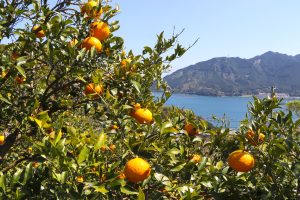 Due to the warm climate brought by Kuroshio (Black or Japanese Current), mandarins can be harvested all year round in Higashikishu.
Due to the warm climate brought by Kuroshio (Black or Japanese Current), mandarins can be harvested all year round in Higashikishu.
Not only the climate, but also the conditions such as soil and topography are perfect for citrus cultivation.
The sloping fields where mandarins bear fruit have excellent drainage due to the gravelly soil, preventing rainwater from staying unnecessarily.
In other words, the mandarins can absorb just enough water to store their sweetness without excess.
Additionally, the rocky soil absorbs the sun’s heat, providing warmth until nighttime and minimizing temperature differences between day and night. Moreover, to the east of the orchards, the Kumano-nada remains relatively warm during the winter, preventing extreme cold even if the land temperature drops at night.
It is truly the perfect area for citrus cultivation.
In addition to these conditions, we must not forget the wisdom and efforts of the people.
The history of cultivation began in the Edo period, and from the Meiji to the Taisho and Showa periods, various cultivation methods suitable for the climate were carried out through land development and large-scale management.
Citrus fruits play a crucial role in the economic activities of the region, with many people other than producers involved in research on varieties and cultivation, expanding sales channels, and branding local products.
The variety of citrus fruits grown in this region is dominated by the classic mandarin orange, Unshu mikan, which accounts for about 75% of the total production.
Taking advantage of the warm climate, there are many early-ripening varieties, and the proportion of extremely ultra early-ripening Unshu mikan has been increasing year by year.
The main varieties of medium-to-late season citrus fruits include Amanatsu (sweet summer oranges), Iyokan (Iyo oranges), Ponkan, Kiyomi, Harumi, Setoka, Seminole, Shiranui, and Kara.
Even in the summer when citrus fruits are scarce throughout the country, there are Summer Fresh, Kawachi Bankan, and even House Mikan available.
As a region where mandarins can be harvested all year round, various types are cultivated.
The varieties of mandarins that adorn the shelves of stores are abundant, and like a relay, fresh mandarins are available one after another.
2 Processed Products of Mandarin Oranges [All regions]
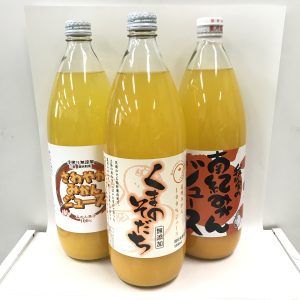
In the Higashi-kishu region, not only fresh mandarin but also many processed products are sold throughout the year.
Mandarin orange juice, jam, jelly, seasonings, baked goods, and peel are sold in the direct sales shops of each farm, roadside stations, supermarkets, souvenir shops, etc.
Among these products, 100% juice made from squeezed mandarins is especially popular as a souvenir.
You can taste the deliciousness of the original flavor of the mandarins.
As there are many cultivation varieties, the types of juice change with the seasons.
They are produced with great care for the original taste and flavor of mandarins, with no additives.
3 Meyer lemon [Kiho-cho, Mihama-cho] Lemon × Orange Processed product
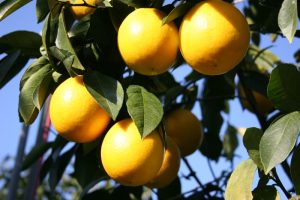
Meyer lemon is a natural hybrid of lemon and orange.
It has a thinner skin than regular lemons, a smooth surface, a rounder shape, and is known for its abundant juice.
Harvesting starts in October, when the Meyer lemon is still green and sour, mainly used for its juice. By December, it turns yellow, and in January, fully ripe Meyer lemons, which have turned orange, are harvested.
Fully ripe Meyer lemons can be eaten as is, and are considered an eccentric in the lemon world as they can be bitten into like an apple.
Meyer lemons are available in direct sales and unmanned markets from October to February.
They are not only delicious when eaten raw but also processed, and straight juice is an easy way to consume vitamin C and citric acid.
They can be added to shochu or tea, and used in fried or grilled foods.
In addition, there are various sweets such as jam, pound cake, madeleine, sablé.
“Meyer lemon curry”, that combines the sweet and sour taste of Meyer lemons with spices, is an original dish of the Hisetsu Falls Campsite.
It has a rich yet refreshing flavor that is exquisite.
As for something a little different, there is also craft chu-hai (alcoholic drink) available.
Its rich aroma and flavor have become popular.
4 Niihime Citrus Fruit [Kumano City] Japanese Tachibana x Unshu Mikan Processed product

The “Niihime Citrus Fruit” was discovered by chance in Atashika-cho, Kumano City.
The fruit has a diameter of about 3 centimeters and weighs 25-30 grams, making it a small and cute citrus fruit like a “princess (hime)”.
It was registered as a sour citrus fruit in Heisei Year 9 (1997).
It is not a wild Japanese species, but is said to be a hybrid variety resulting from natural cross-pollination between Japan tachibana orange and Unshu mikan.
It has a strong acidity and a refreshing aroma, similar to Sudachi or Shikuwasa.
It is also a healthy citrus fruit as it contains a high level of hesperidin and nobilitin, which are expected to have effects such as blood pressure suppression.

This versatile ingredient can serve as a cooking base or a complement to grilled fish.
It can also be mixed with shochu, sake, or beer to create a refreshing cocktail.
Its fresh aroma and tangy flavor makes it perfect for different recipes.
It is also processed into fruit juice, cider, jelly, and even condiments such as ponzu sauce and dressing that add an extra touch to various dishes.


